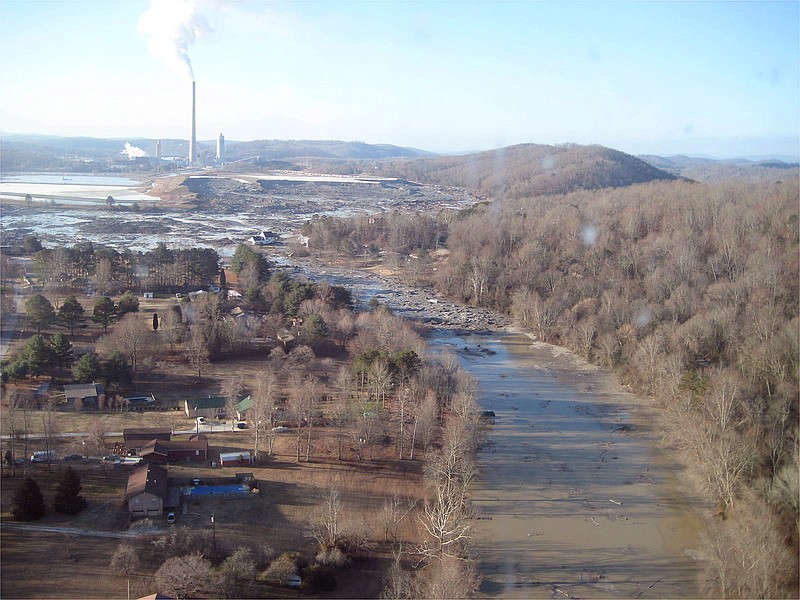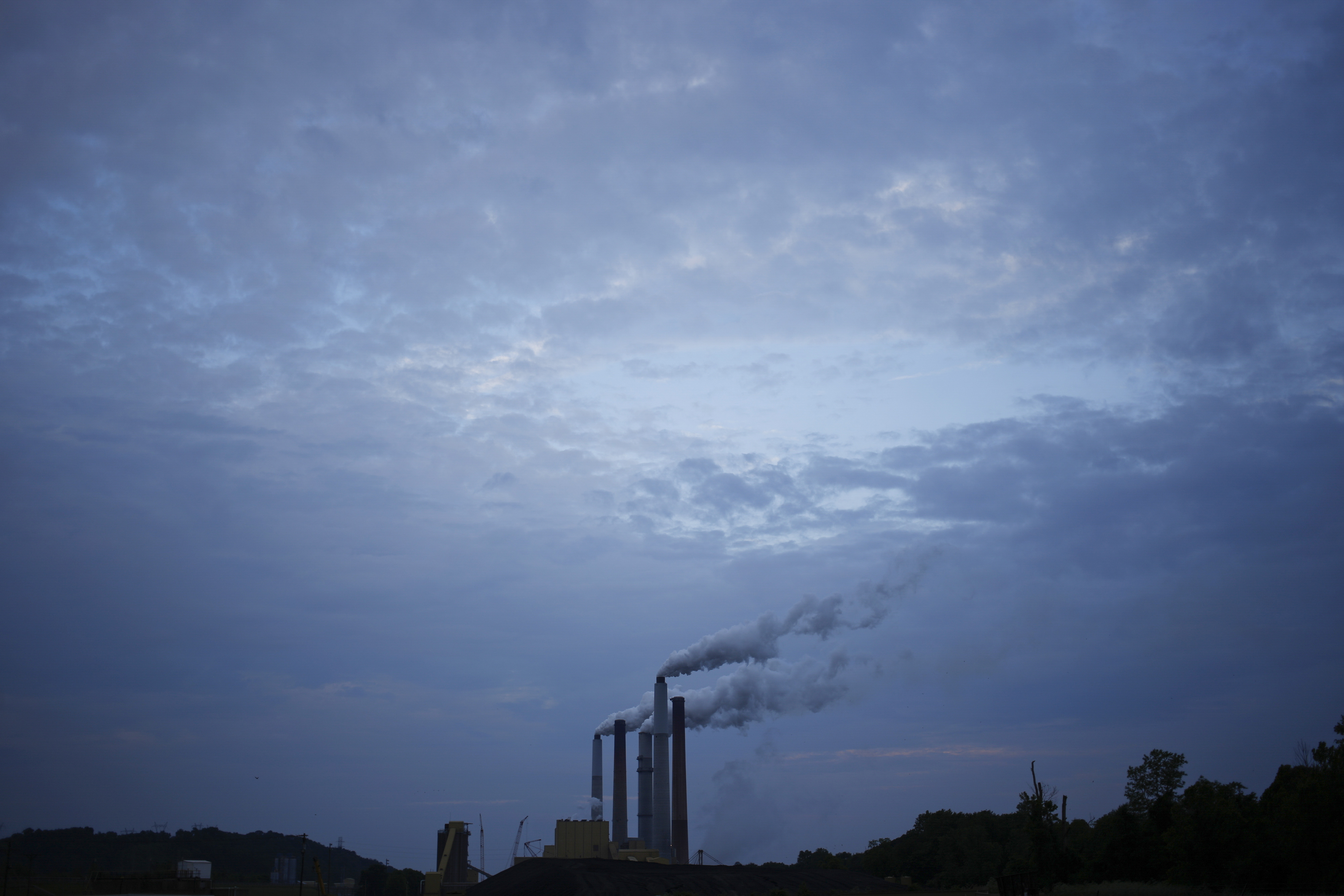The Supreme Court took a hard right onto the conservative road of science denial Monday with its 5-4 opinion to overturn the Obama administration's landmark air quality rule.
The high court ruled the Environmental Protection Agency did not properly consider the costs of regulating mercury, arsenic and toxic gases pollution from power plants.
Say what? Three years ago, in setting its first-ever regulation of these deadly pollutants, EPA estimated the new limits would prevent up to 11,000 premature deaths and 130,000 asthma cases annually. With that staggering health toll in mind, EPA concluded that a regulatory impact cost analysis should have "no bearing on" the determination of whether regulations are appropriate as set forth in the Clean Air Act.
Still, long before the regulation became effective for some plants in April, the agency did make a dollars-and-cents analysis and estimated the new limits would cost power producers $9.6 billion, but would produce between $37 billion and $90 billion in benefits.
Yet Justice Antonin Scalia, writing for the majority, said: "It is not rational, never mind 'appropriate,' to impose billions of dollars in economic costs in return for a few dollars in health or environmental benefits. Statutory context supports this reading."
Chief Justice John Roberts and Justices Clarence Thomas, Samuel Alito and Anthony Kennedy joined Scalia in overturning the rule that opponents, including the National Federation of Independent Business, have called the costliest regulations ever issued.
Justices Elena Kagan, Sonia Sotomayor, Stephen Breyer and Ruth Bader Ginsburg sided with the EPA. Kagan, writing for the minority, said the EPA properly considered costs at a later stage in the regulation, something that it has done in other rules and that the courts have previously allowed.
"The majority's decision that EPA cannot take the same approach here - its micromanagement of EPA's rulemaking, based on little more than the word 'appropriate' - runs counter to Congress's allocation of authority between the Agency and the courts," she said.
So even though EPA did factor in costs at a later stage when it wrote the new standards expected to reduce the toxic emissions by 90 percent, Scalia and crew said that was too late.
Fortunately, all is not lost. The regulations, now three years old, will remain in place while the case goes back to a lower court for the EPA to decide how to account for costs, according to environmental advocates. Meanwhile, 70 percent of power utilities - including the Tennessee Valley Authority - are well on their way to compliance.
TVA spokesman Jim Hopson said the high court's ruling won't affect TVA's plan to shrink its fleet of coal-fired power plants and to diversify toward more nuclear and renewable energy sources. TVA's moves, while costly in the short term, will protect the agency from future environmental rules and future fuel cost fluctuations. Along the way, Hopson said, it will provide an environmental benefit for the Tennessee Valley.
The case - brought by industry groups and 21 Republican-led states that argued the regulations were too costly for coal miners, businesses and consumers - is the latest in a string of attacks against the administration's use of the Clean Air Act to rein in pollution from coal plants.
EPA is expected to release other regulations this summer to curb pollution linked to global warming. States already have challenged those rules even before they are final, and Congress is working on a bill that would allow states to opt out of any rules clamping down on heat-trapping carbon dioxide. (States' rights, you know. Shouldn't every state have a right to condone pollution?)
Since the legal and political challenges ahead could undermine U.S. efforts to inspire other countries to control their emissions, the real question for the Supreme Court ought to be why EPA should have to prove economic efficiency before it decides whether poisons should be regulated.
And what really is not rational is this court's decision - a decision that has nothing to do with the merits of the case, and everything to do with partisan politics and the almighty dollar. Forcing federal agencies to do nothing that would cost money is the antithesis of good government.
Unfortunately that seems to be the aim of most conservative politicians and leaders these days: Prevent government. Even if it means doing something really useful to help Americans.

